- Doctors & Departments
-
Conditions & Advice
- Overview
- Conditions and Symptoms
- ¿Está enfermo su hijo?
- Parent Resources
- The Connection Journey
- Calma Un Bebé Que Llora
- Sports Articles
- Dosage Tables
- Baby Guide
-
Your Visit
- Overview
- Prepare for Your Visit
- Your Overnight Stay
- Send a Cheer Card
- Family and Patient Resources
- Patient Cost Estimate
- Insurance and Financial Resources
- Online Bill Pay
- Medical Records
- Política y procedimientos en el hospital
- Preguntamos Porque Nos Importa
-
Community
- Overview
- Addressing the Youth Mental Health Crisis
- Calendar of Events
- Child Health Advocacy
- Community Health
- Community Partners
- Corporate Relations
- Global Health
- Patient Advocacy
- Patient Stories
- Pediatric Affiliations
- Support Children’s Colorado
- Specialty Outreach Clinics
Your Support Matters
Upcoming Events
Public Meeting: 2024 Community Benefit and Hospital Transformation Program
martes, 14 de mayo de 2024Join Children's Hospital Colorado at one of our virtual events to learn...
-
Research & Innovation
- Overview
- Pediatric Clinical Trials
- Q: Pediatric Health Advances
- Discoveries and Milestones
- Training and Internships
- Academic Affiliation
- Investigator Resources
- Funding Opportunities
- Center For Innovation
- Support Our Research
- Research Areas
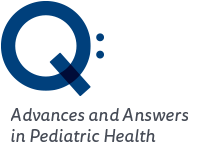
It starts with a Q:
For the latest cutting-edge research, innovative collaborations and remarkable discoveries in child health, read stories from across all our areas of study in Q: Advances and Answers in Pediatric Health.


Colorado Fetal Care Center
Congenital Pulmonary Airway Malformation (CPAM)
We see more, treat more and heal more kids than any other hospital in the region.
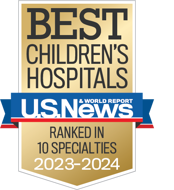
What is congenital pulmonary airway malformation?
Congenital pulmonary airway malformation (CPAM) is a relatively uncommon condition. It affects only 1 in approximately 4,000 babies born each year and involves lung lesions or masses that form in a baby's lower respiratory tract.
CPAM is the newer term for what was previously known as congenital cystic adenomatoid malformation (CCAM). It is part of a variety of conditions that involve cystic lung lesions or masses that form in the lower respiratory tract during a baby's development.
These are typically noncancerous masses that occur most commonly in one lung rather than both lungs, though any lobe of either lung may be affected.
As a parent, it can be hard to discover your child has this condition. Fortunately, the Colorado Fetal Care Center has a large team of multidisciplinary fetal care specialists who are here for you from the initial diagnosis to continuing care after delivery.
What causes congenital pulmonary airway malformation?
The condition is found more commonly in males than females. It occurs because of a change in lung development very early in pregnancy (about 8-9 weeks), though the exact cause is not known. It is not thought to be genetic, as no cases of recurrence of congenital pulmonary airway malformation in a sibling or offspring have been reported.
What are the risks of CPAM?
Depending on the size, the malformation can grow rapidly, causing a shift in structures within the chest, (e.g., heart, lung, esophagus) which may not allow the baby to develop normally. In other cases, the mass may also compress the esophagus, causing amniotic fluid to increase, which puts the mother at risk for preterm labor.
The impact a malformation has on a baby will differ greatly depending on the size of the mass, its location and whether it impacts other organs in the chest cavity. Larger lesions can cause fetal hydrops (excessive fluid buildup) due to shifting in the chest and compression of the large vein (vena cava) that returns blood to the right side of the heart.
Maternal "mirror syndrome" can also develop in cases of fetal CPAM. In these cases, the mother accumulates excessive fluid similar to the fetus, as well as very high blood pressure (preeclampsia). Though quite rare, this condition would require immediate delivery.
The worst risk with congenital pulmonary airway malformation, however, is the immediate period of time before birth. If air becomes trapped within the cystic tumor, it can cause serious respiratory distress in the unborn baby. After birth, ongoing cysts can result in recurrent bouts of pneumonia and other respiratory infections. Collapse of the lung (pneumothorax) is also an additional concern. In rare cases, some CPAM lesions can become cancerous.
What are the signs of CPAM?
In pregnancy, this mass is detected during an ultrasound examination, where it shows up as a bright area in the lung. It is generally a benign mass that will have no impact on the pregnancy itself. However, there are characteristics of the mass that could make it dangerous to a developing fetus and newborn, including the size of the mass and how cystic (dense) the mass is.
Depending on the type of malformation, the mass may appear similar to other conditions including diaphragmatic hernia, cystic hygroma or other cystic lesions. So CPAM masses are not mistaken for other lung masses and conditions, your baby should be evaluated with a detailed fetal ultrasound and fetal MRI in order to determine the best next steps.
How is CPAM treated?
Because cysts and lesions associated with congenital pulmonary airway malformation vary so much in severity, treatment plans vary just as widely. Depending on how the condition is impacting the baby, treatment options can range from surgery to specific support after delivery.
The Colorado Fetal Care Center is one of the most experienced and trusted fetal care centers for diagnosing and treating babies with congenital pulmonary airway malformation. Our state-of-the-art facility offers the best standards in treatments, as well as the best outcomes for babies diagnosed with congenital pulmonary airway malformation.
Congenital pulmonary airway malformation treatment, in general, includes monitoring, fetal intervention and surgery after birth:
Monitoring
After diagnosis, we monitor the unborn baby with frequent ultrasounds to determine the growth of the mass and whether the mass is affecting surrounding organs. We might order other diagnostic tests to rule out concurrent conditions. Often, we'll perform a detailed ultrasound of the baby's heart (fetal echocardiogram) to assess the heart structures as well as how those structures are functioning.
Fetal intervention
Our team of fetal CPAM experts have thoroughly researched measurements and outcomes to determine which babies could potentially benefit from treatment before birth. During their research, they found that babies who have developed CPAM, a dominant cyst and hydrops before 32 weeks may be candidates for treatment in utero.
Using ultrasound or other imaging methods to view the fetus and cyst, a thin tube (called a shunt) can be directly inserted into the cyst and left in place to drain the cyst into the amniotic fluid. This will cause the cyst to shrink and stop or decrease the accumulation of fluid in the fetus.
Some cases of CPAM have multiple cysts that require fetus thoracoscopy to break up the cysts before the shunt can be placed. There is also a subset of patients who might benefit from open fetal surgery, whereby the CPAM is surgically removed from the baby's chest while still in the mother’s uterus.
Surgical treatment post-birth
Some cases of CPAM will regress quickly before birth, which is why monitoring mass growth is so important before deciding on surgical treatment. Careful evaluation after birth is also important to ensure the mass has gone away if it was not removed before birth. Subtle abnormalities might be evident on a chest X-ray, but a chest CT or MRI may be necessary to detect residual CPAM tissue.
Complete removal of the CPAM mass, usually by taking out the entire affected lung lobe (lobectomy), is the treatment of choice for CPAM if we still find cysts or masses after initial treatments.
What are the outcomes for CPAM surgery?
The long-term outcome for infants following CPAM surgery is excellent. Infants usually have remarkable growth of lung tissue that remains following surgery, which usually compensates for the portion of lung that was removed (if any).
Why choose the Colorado Fetal Care Center for your child's CPAM treatment?
If your child was diagnosed with congenital pulmonary airway malformation, you probably have a lot of questions. The Colorado Fetal Care Center can answer them. Our team has a lot of experience caring for babies with CPAM, even though it is a rare condition.
When you come to our Center, you will have a full team of specialists to care for you and your baby so we meet all your needs. And you'll have the same team with you before, during and after birth. Our team will get to know your family and your specific needs, so we can meet them.
Learn more about the Colorado Fetal Care Center, including our latest outcomes and our comfortable setting.
Next steps
-
Would you like to learn more about us?
Learn more about the Colorado Fetal Care Center -
Do you have questions about this condition?
720-777-4463 -
Want a second opinion?
Get started

Compassionate care, wherever you are
We’re here when you need us. Telehealth appointments are available across every specialty, so you can get the high-quality care we’ve always offered from the comfort, privacy and convenience of home.
See if telehealth is right for you
Get to know our pediatric experts.

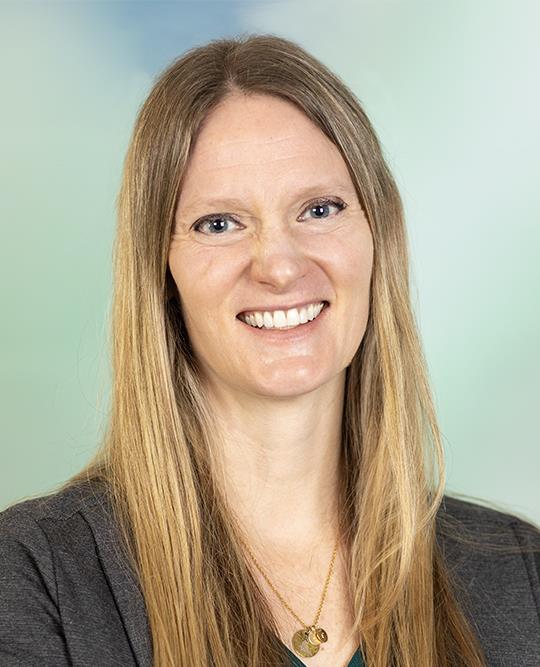
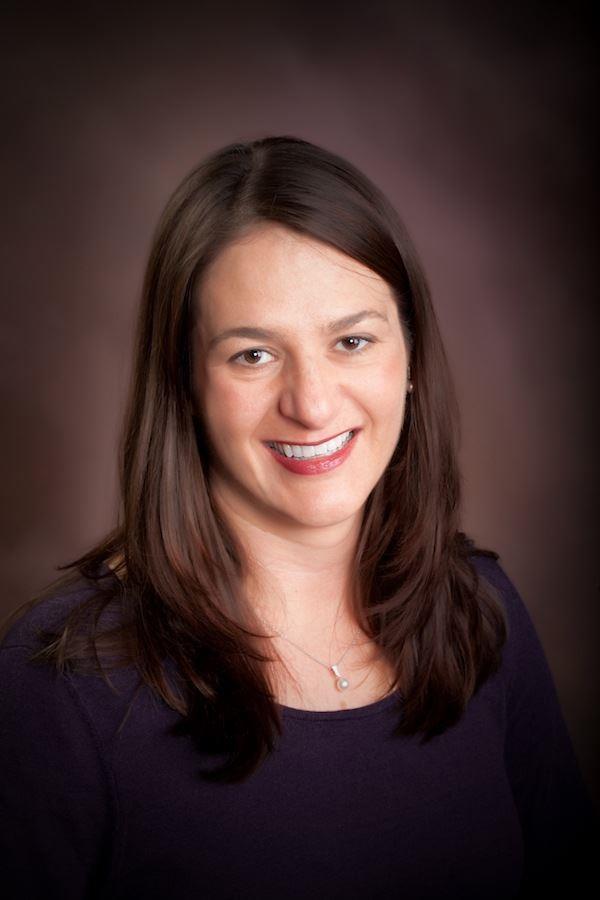
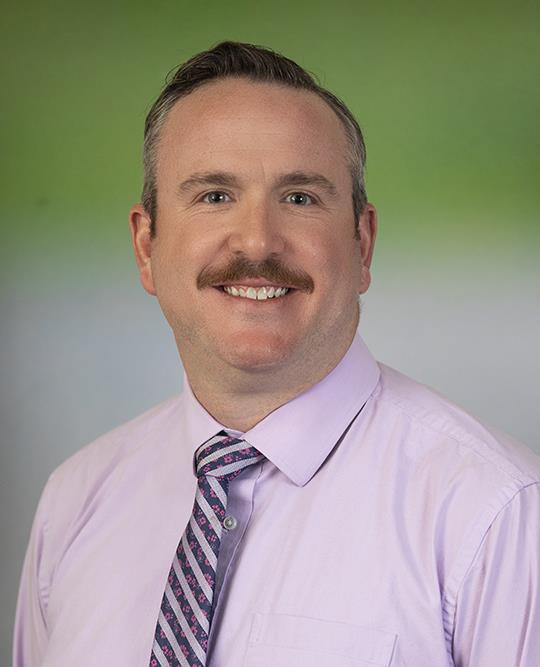



 720-777-0123
720-777-0123



